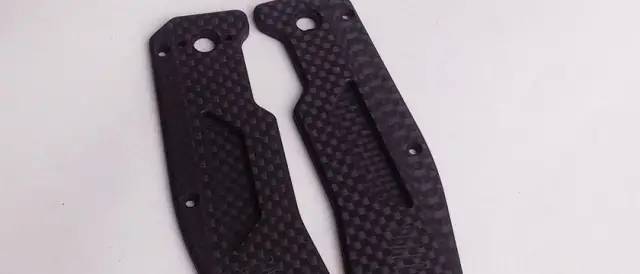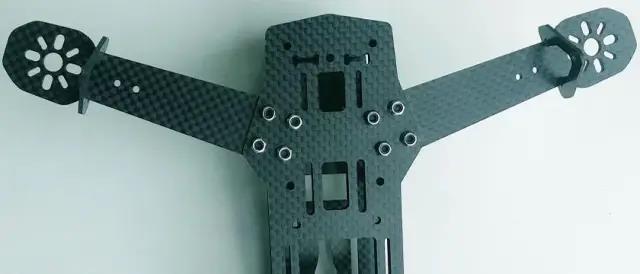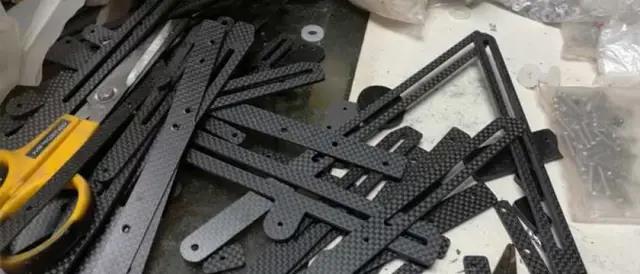Copyright © 2021 LS Carbon All rights reserved.Site Map Powered by iwonder.cn
Carbon fiber composite material is an advanced composite material, which has the characteristics of light weight, high strength, and corrosion resistance. There are many kinds of automobiles, high-end medical, industrial, military and other fields. Although the performance of carbon fiber composite materials is excellent, the secondary processing is the most difficult, especially in the carbon fiber composite material substrate.

When we processed the small holes of the carbon fiber composite material board, we found that the perforated carbon fiber composite material board is prone to tearing, splitting, and uneven appearance around the hole. Small hole processing is difficult to remove chips and cutting heat is not easy to escape. The environment of carbon fiber composite materials when processing small holes gradually deteriorates, which intensifies the degree of processing damage, and the processing quality and accuracy are difficult to guarantee. The following is a detailed introduction to some common problems and technical difficulties in the small hole processing of carbon fiber composite plates: the tool size and wear are serious enough to ensure the processing efficiency, and the small hole drilling usually uses a higher tool size. At the same time, due to carbon fiber The heterogeneity of the composite material. During processing, carbon fiber and resin alternately act on the cutting edge of the tool at an older high cutting linear speed. The abrasion mechanism of the high-hard and wear-resistant carbon fiber on the tool causes high temperature in the cutting area and poor thermal conductivity. The resin causes the deviation to be concentrated in a small area near the cutting edge of the tool, and the flank of the tool wears seriously.

Severe tool wear affects the shape, dimensional accuracy and surface quality of processed products. The low tool life leads to the need for replacement and sharpening and also increases the processing cost of composite materials. High cutting temperature and severe processing damage. Carbon fiber composite materials are formed by laminating carbon fiber prepregs in different thickness directions. They have significant refractive index and low interlayer strength, which are not conducive to processing. In addition, the small hole diameter is small, the fault tolerance space is insufficient, and the chip removal is difficult during the processing. The moisture will cause the degradation of the matrix and interface performance and the plasticization of the matrix material. Generally, no coolant is used in the processing. Therefore, the cutting temperature of the small hole It is higher than normal size hole making. Resins with poor heat resistance (heat resistance temperature is generally (200~300) ℃) are prone to softening and even burns under the action of cutting heat. The high temperature significantly reduces the strength of the resin concentration, and the interface between the carbon fiber and the composite material laminate is debonded, thereby intensifying the occurrence of burrs, delamination, tearing and other damage.

The small tool has low rigidity and large hole shape and position error. The small bit has poor rigidity and is easy to break under the action of cutting force and machine vibration. The tool is easy to bend and deform, which seriously affects the accuracy of the drilling position and the size and shape accuracy of the hole during the hole making process. In addition, due to the particle size of the composite material, the thermophysical coefficients of the preliminary (ie parallel fiber direction) and transverse (ie perpendicular fiber direction) materials penetrate differently, resulting in uneven hole making and forming oval holes. The temperature gradient during processing may cause the formation of tapered holes during the processing of thick composite plates.